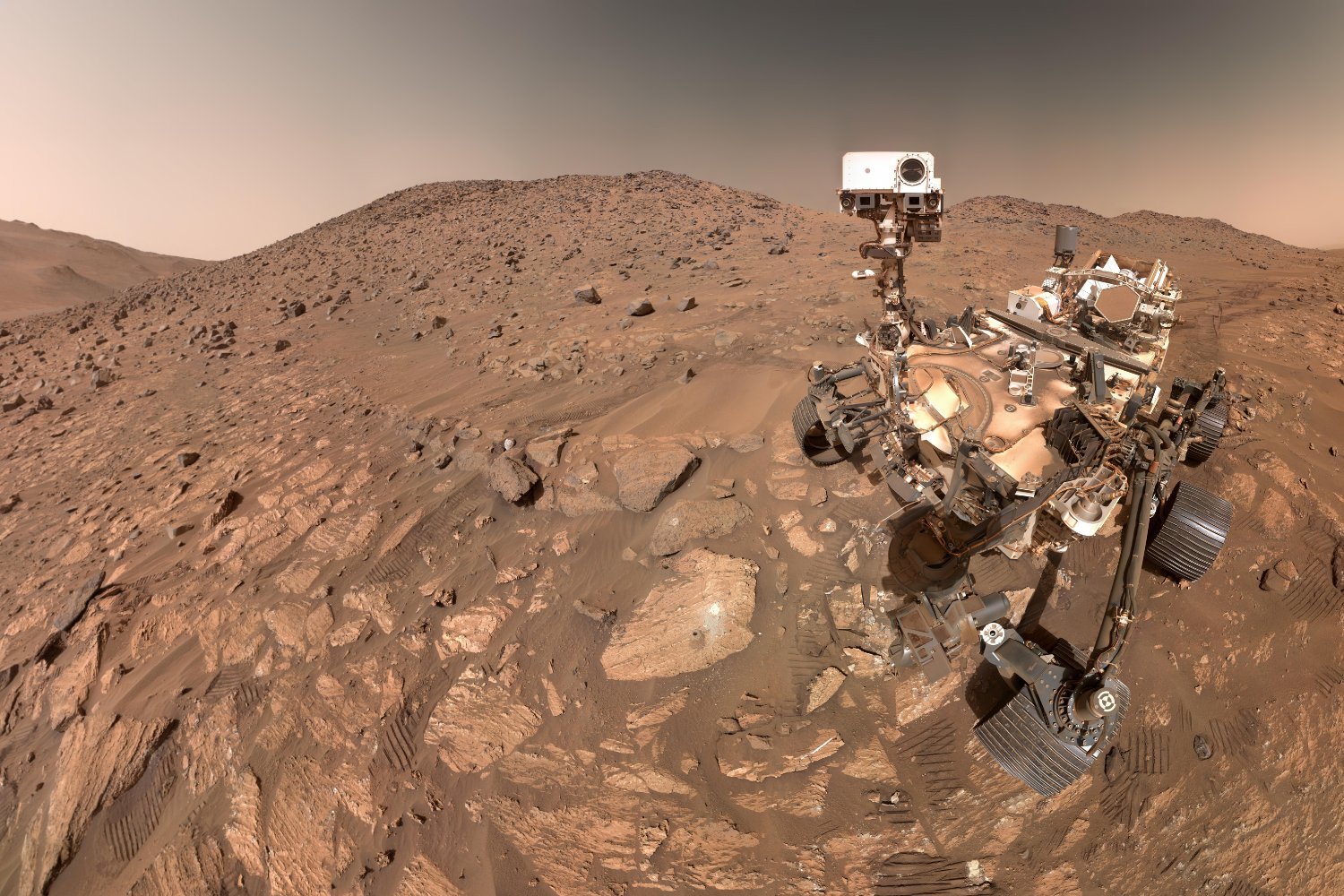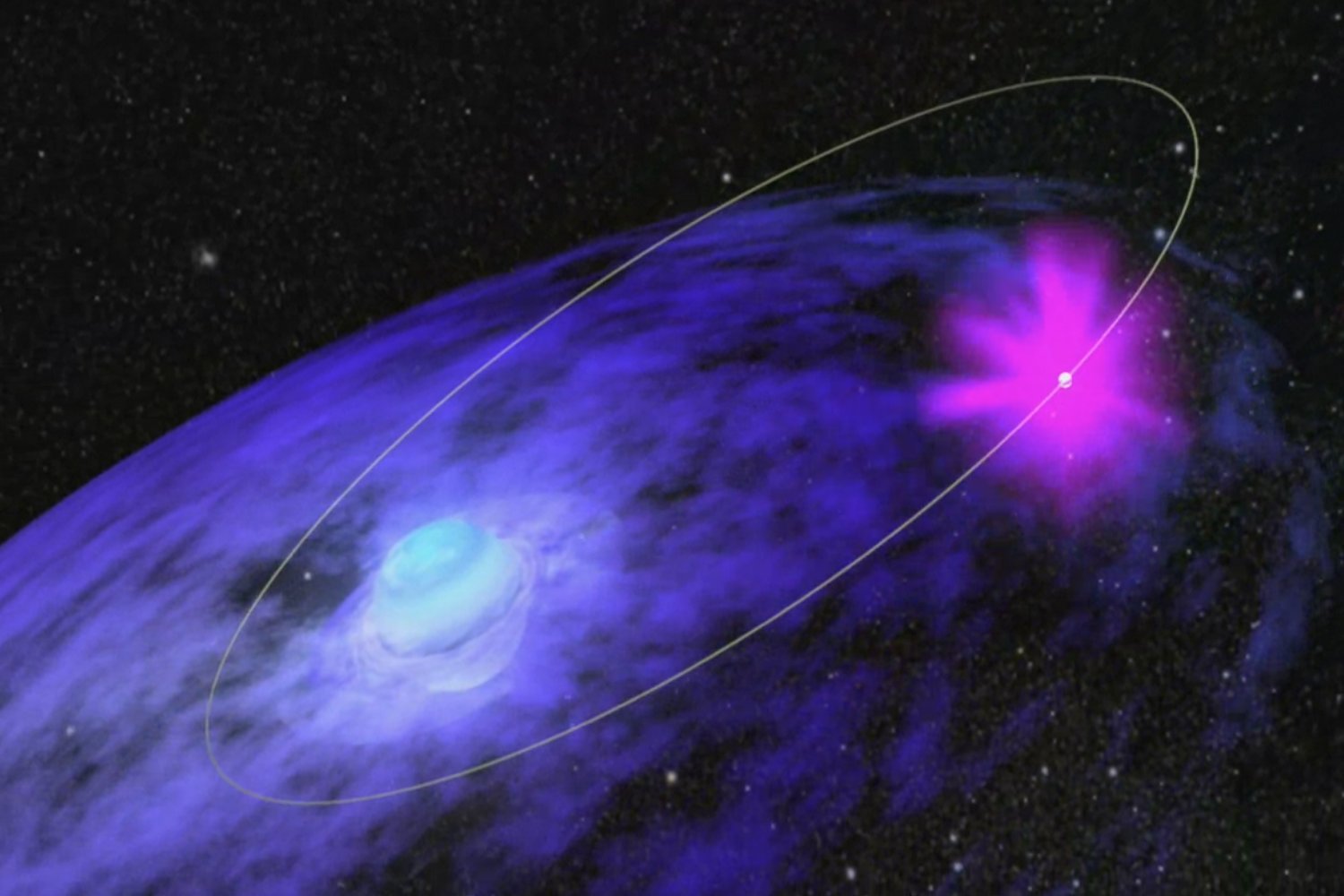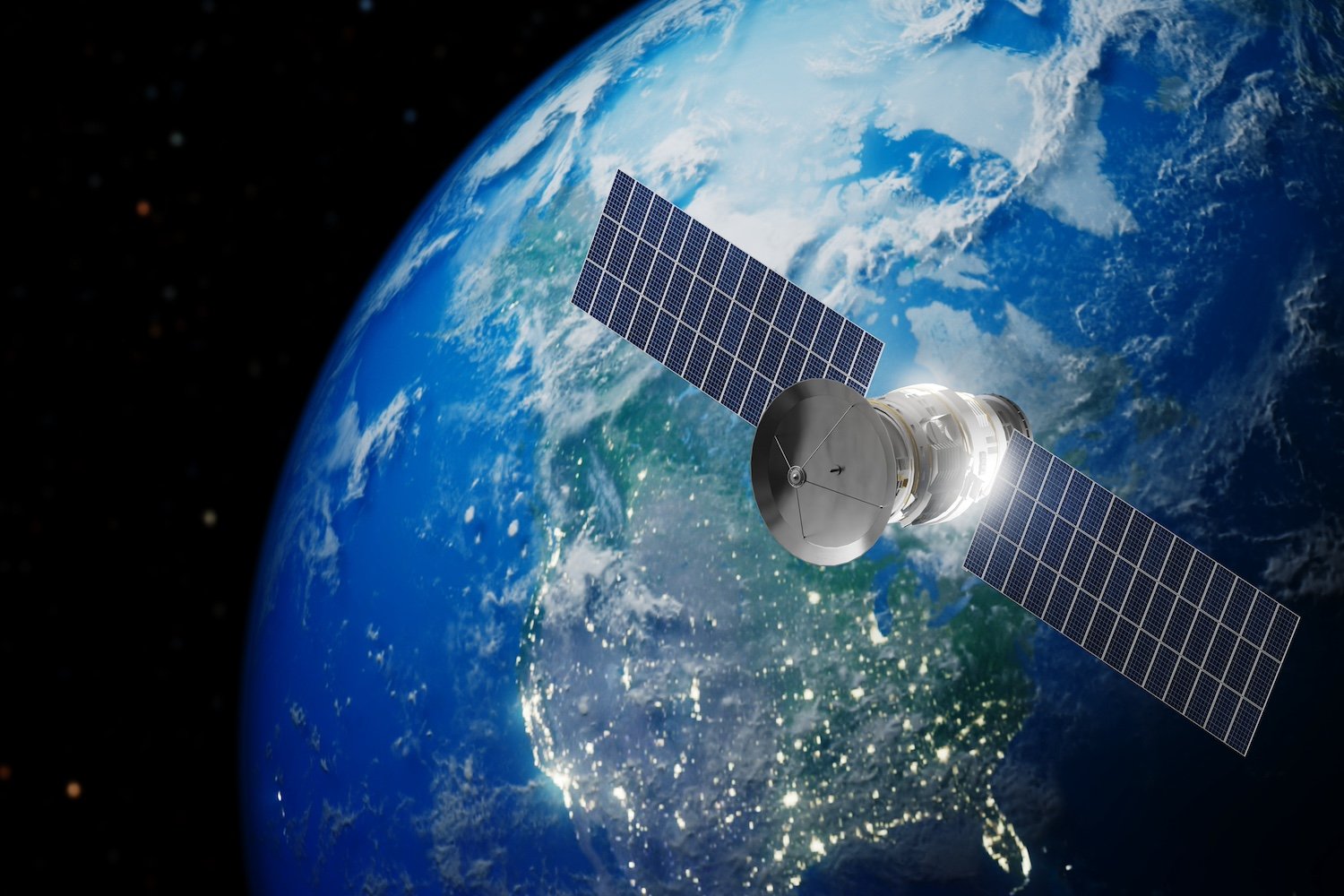SpaceX, renowned for its Starlink satellite internet constellation on Earth, has proposed a similar network for Mars. Dubbed “Marslink,” this ambitious project aims to provide comprehensive communication coverage for future missions to the Red Planet.
During a recent meeting of NASA’s Mars Exploration Program Analysis Group, SpaceX presented its Marslink concept alongside proposals from Blue Origin and Lockheed Martin. The presentation highlighted the need for robust communication infrastructure to support ongoing and future Mars exploration, including crewed missions. SpaceX envisions Marslink as a network of multiple satellites in Martian orbit, offering seamless connectivity and interoperability for both surface and orbital assets. This mirrors the architecture of Starlink, which currently operates over 7,000 satellites in low Earth orbit, providing internet access in over 102 countries. SpaceX’s ultimate goal for Starlink is a constellation of 42,000 satellites, showcasing the company’s expertise in large-scale satellite deployments.
SpaceX CEO Elon Musk’s long-term vision of colonizing Mars underscores the strategic importance of Marslink. A reliable communication network is crucial for supporting human settlements and facilitating scientific research on the Red Planet. The proposed Marslink constellation aligns with Musk’s ambition to establish a permanent human presence on Mars.
Blue Origin’s proposal centers around its Blue Ring orbital tug. This versatile spacecraft is designed to provide a range of services in Mars orbit, including hosting payloads, transportation, refueling, data relay, logistics, and even in-space cloud computing. Blue Origin is preparing to test Blue Ring through the DarkSky-1 (DS-1) mission, supported by the Pentagon’s Defense Innovation Unit.
Lockheed Martin’s proposal leverages the existing MAVEN spacecraft, which was originally designed to study Mars’ atmospheric loss. Lockheed Martin suggests repurposing MAVEN for communication purposes by transferring it to a dedicated communications orbit. In this role, MAVEN would function similarly to NASA’s Deep Space Network, a network of radio antennas used for communicating with spacecraft beyond Earth’s orbit.
These proposals highlight NASA’s increasing reliance on commercial partners for deep-space exploration, particularly in establishing a sustainable human presence on Mars. The agency recognizes the value of private sector innovation and expertise in developing critical infrastructure for long-duration missions.
Beyond these commercial proposals, NASA is also investing in its own laser-based communication technology for deep space. Optical communications systems, which use photons of light to transmit data, offer significant advantages in terms of bandwidth and data rates. While reaching Mars represents a significant challenge, building the necessary infrastructure to support sustained human exploration is equally crucial. The development of robust communication networks like Marslink will play a pivotal role in enabling future human missions and ultimately establishing a permanent human presence on the Red Planet.











